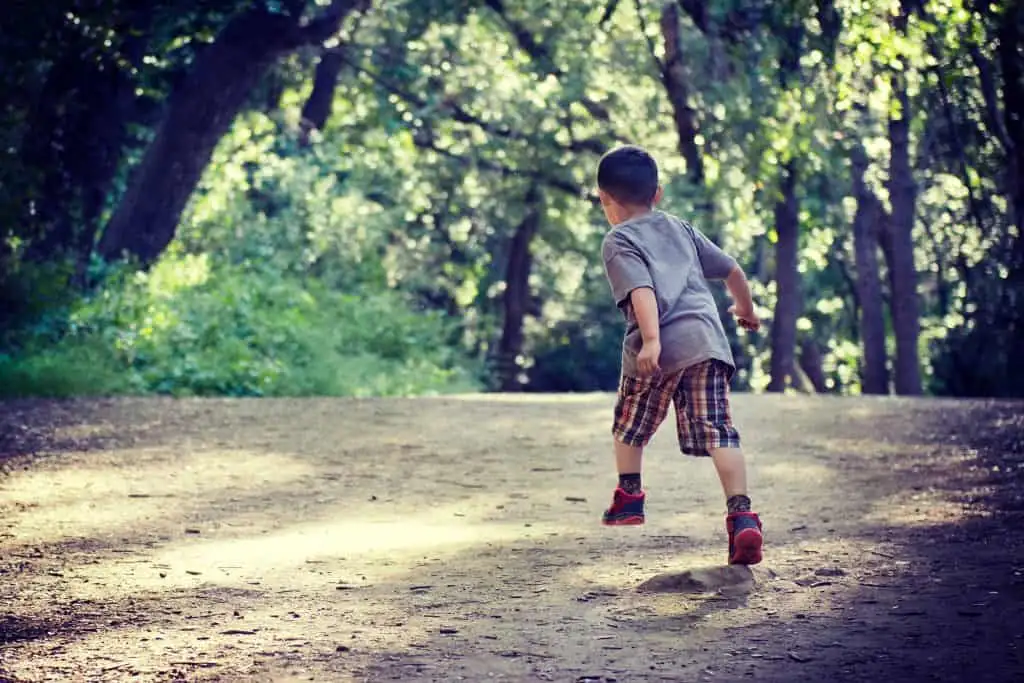What Is Autism Elopement?
The causes and risks associated with autism elopement
It’s difficult to imagine the panic and fear associated with losing your child. Even not knowing where a child is for a second, within your own home or property, can be extremely alarming. However, for parents of children with autism, autism elopement is an added risk and one that can be highly traumatic and have long-term issues as your child develops and gets older.
According to a study published in the journal Pediatrics, almost half, or 49%, of children diagnosed with autism will attempt to elope from a safe environment. That rate is nearly four times higher than children the same age without an autism diagnosis. It’s no surprise that almost 40% of parents of children with autism experience sleep disruption due to fear of elopement.
In the following article, we’ll take a closer look at autism elopement, what it is, what causes it, and some of the ways parents can reduce the risk of autism elopement.
What Is Autism Elopement?
Children with autism can elope when they wander or run away from either their home, school, parent, guardian, or caregiver. While elopement isn’t solely behavior that’s linked to children with autism, children diagnosed with autism are at much higher risk of danger, and elopement is considered one of the most serious safety concerns for parents and children with autism.
Communication is a significant barrier for children diagnosed with autism. Because of their communication barriers, once they have eloped from a safe environment, they often struggle to let people know who they are, where they’re from, and how people can contact their caregivers.
According to a study that was published in the journal Pediatrics, 1/3 of all elopements occurred in a school setting, and of those, almost 1/3 couldn’t communicate their name, phone number, or address to those who found them. According to the same research, 27% of children on the autism spectrum attempted to elope between the ages of 8 and 11, compared to just 1% of children not diagnosed with autism.
The Causes of Elopement Behavior in Children with Autism
Some of the most common causes of elopement in children with autism include:
- A flight or fight response triggered by an incident.
- A desire to explore.
- A desire to avoid sensory input or sensory overload.
- Environmental distractions.
Sensory issues are one of the biggest causes, with sensory overload often triggering a flight or fight response in a child.
Elopement Safety and Prevention
There are a variety of steps parents, caregivers, or guardians can take to prevent elopement, and many can feel like they’re overdoing it, but the consequences can be much worse. Below are some standard safety and security tips for children with autism who tend to elope:
- Hide Keys – Don’t leave standard household keys or car keys lying around in locations where a child could easily reach them.
- Install Safety Locks – In conjunction with traditional locks, multiple locks can be effective, especially with one lock higher than the standard height.
- A Harness – In public, especially in crowded places where loud noises, lights, or crowds are an issue, a harness can prevent a child from breaking free of your grip.
- GPS Device – A wearable GPS device, such as a BuddyBand that can be attached to clothes and located using a smartphone app is highly effective.
- ID Bracelet – If your child does elope, an ID bracelet with name, address, diagnosis, and what to do if located could significantly reduce the length of time between a child going missing and being reunited with their parents, caregiver, or guardian.
If you have any questions about autism products or would like to find more information about sensory products, please don’t hesitate to reach out and contact us at Autism Products directly. Our friendly and professional team is standing by to assist you.





